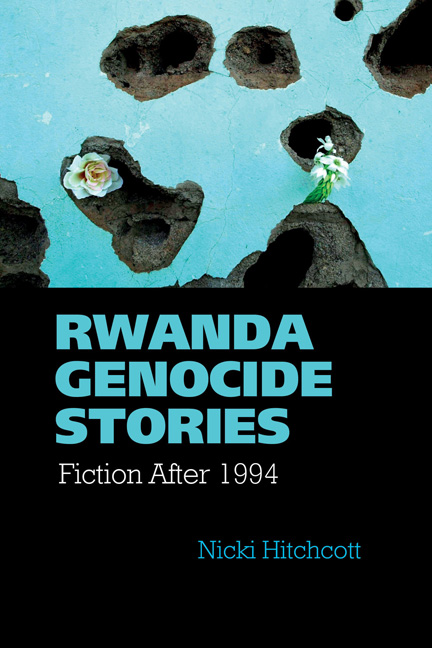5 - Victims
Summary
Mukasonga's powerful short story ‘Le Deuil’ [‘Mourning’] describes an unnamed female protagonist's return to Rwanda to find out what happened to all the members of her family who were killed in the genocide. She takes this decision after receiving an official letter from Rwanda notifying her of her multiple bereavements. Reading the list of names in the letter, she thinks of it as a kind of tomb for her dead relatives. Like so many of the hundreds of thousands of people murdered in the 1994 genocide, the details of their deaths are unknown, as are the whereabouts of their remains. Although she has received official notification of their deaths, she has not been able to bury and formally grieve for her lost loved ones. The importance of honouring the dead in Rwandan culture is highlighted in Mukasonga's story through a flashback to the protagonist as a young girl exiled in a convent in Bujumbura, Burundi, where she and her friends spent much of their time tending a small abandoned cemetery in the grounds. As fellow Rwandan exile Espérance reminds her, ‘If faut toujours faire quelque chose pour les morts’ [You always have to do something for the dead] (Mukasonga, 2010: 108). However, as the narrative of ‘Le Deuil’ reminds us, hundreds of thousands of those massacred in the genocide have not been given a proper burial, a situation that continues to cause considerable emotional distress for survivors in Rwanda. This distress is fictionalized in Rurangwa's Au sortir de l'enfer, narrator–protagonist Jean–Léonard tormented by the fact that he does not know where the bodies of his wife and baby are, both of whom he presumes to be dead. He tells his new girlfriend Julie, ‘je ne peux pas me remarier avant d'avoir inhumé dans la dignité ma femme et mon enfant’ [I can't get married again until I've buried my wife and child with dignity] (174). Similarly, Mukasonga's protagonist is portrayed in a kind of limbo, spending her time walking around the unnamed French city in which she lives, wandering into churches and weeping at the funerals of strangers.
- Type
- Chapter
- Information
- Rwanda Genocide StoriesFiction After 1994, pp. 134 - 159Publisher: Liverpool University PressPrint publication year: 2015

